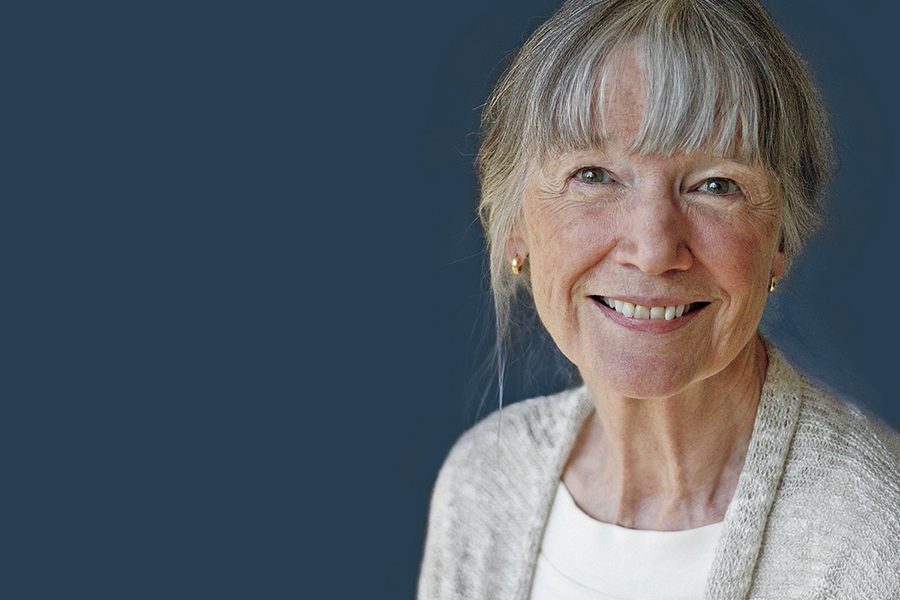Arts & Culture
Living Legend
Anne Tyler talks about gun violence, writing inspiration, and her latest novel Clock Dance.
We encounter the protagonist, Willa, as a child, a college student, married with kids, and then a senior citizen. Could you have written this book when you were in your 30s?
No, come to think of it, I don’t suppose I could have. There are some advantages to getting old! Well, a lot, actually. For instance, in her 60s, Willa’s attitude toward her mother is much kinder than it was in her youth. A certain sense of acceptance creeps in with age, and I wouldn’t have known that if I’d tried to write about a 61-year-old when I was a young woman.
Did you start with the idea of breaking the novel into these pivotal moments of her life, or did the characters come first and reveal this format?
Initially I thought the book would begin when Denise gets shot and would refer just in retrospect to those pivotal moments. Which shows you how a story can take over the reins from the writer: it had its own ideas. Then I decided to present those moments as widely separated episodes, leaping across great spans of time, because as a reader, I always feel a sense of relief when the author trusts me to imagine the intervening years for myself.
Why was it important to include gun violence in Clock Dance’s Baltimore?
Shortly before I started writing Clock Dance, I read in The Baltimore Sun about yet another random shooting victim—this one a toddler who was just sitting in her father’s lap on their front porch. The police did ask around, but nothing came of their inquiries, and eventually the whole subject disappeared from the news. I was struck by how we all moved on from it—not that we didn’t care, but that we’d grown accustomed to such things, in the same way that we’re no longer shocked by school shootings. Once you give that any thought, it seems almost surreal.
The saguaros seem symbolic of a woman’s natural versus domesticated nature. Why did you choose this recurring image?
I had never seen a saguaro till I made a trip to Arizona in my 50s. I was struck by them in the same way Willa was; I didn’t know why, but they gave me a kind of physical ache. Even now I can’t put into words why Willa has that reaction, but I think it has something to do with their power and their reserve and their dignity—qualities that Willa, so conventional and so compliant, would instinctively long for.
A lot of people talk about writing a novel but never do, much less more than 20 of them. How do you stay disciplined to continue writing books?
It would take more discipline not to write a book. I don’t seem to feel that my life is properly filled unless I’m living some other, imaginary life at the same time. Not that it isn’t a chore, often, to plod through the practicalities—getting my characters from room to room and remembering that they have to eat lunch. But their conversations, the moments when they start talking to each other and I feel like merely their scribe: I love that part.
Are you working on, or planning for, another?
Yes, I’m in the early stages of another.
Is there a particular place you go to write?
I have an upstairs writing room at the front of my house, overlooking the street, and I sit at a desk in front of a window where I can be in touch with ordinary life. I like to hear people talking while I work, and I especially like to hear children playing. There is a scarcity of children on my street, but I’m always hopeful.
What writers are you reading these days who inspire you?
I was bowled over by Rachel Kushner’s new novel, The Mars Room. Its subject—women in prison—is hard reading, but every word of it was brilliant. And I loved Fatima Farheen Mirza’s A Place for Us, a novel about a family from India living in the U.S. Families and immigration: two of my favorite topics.
